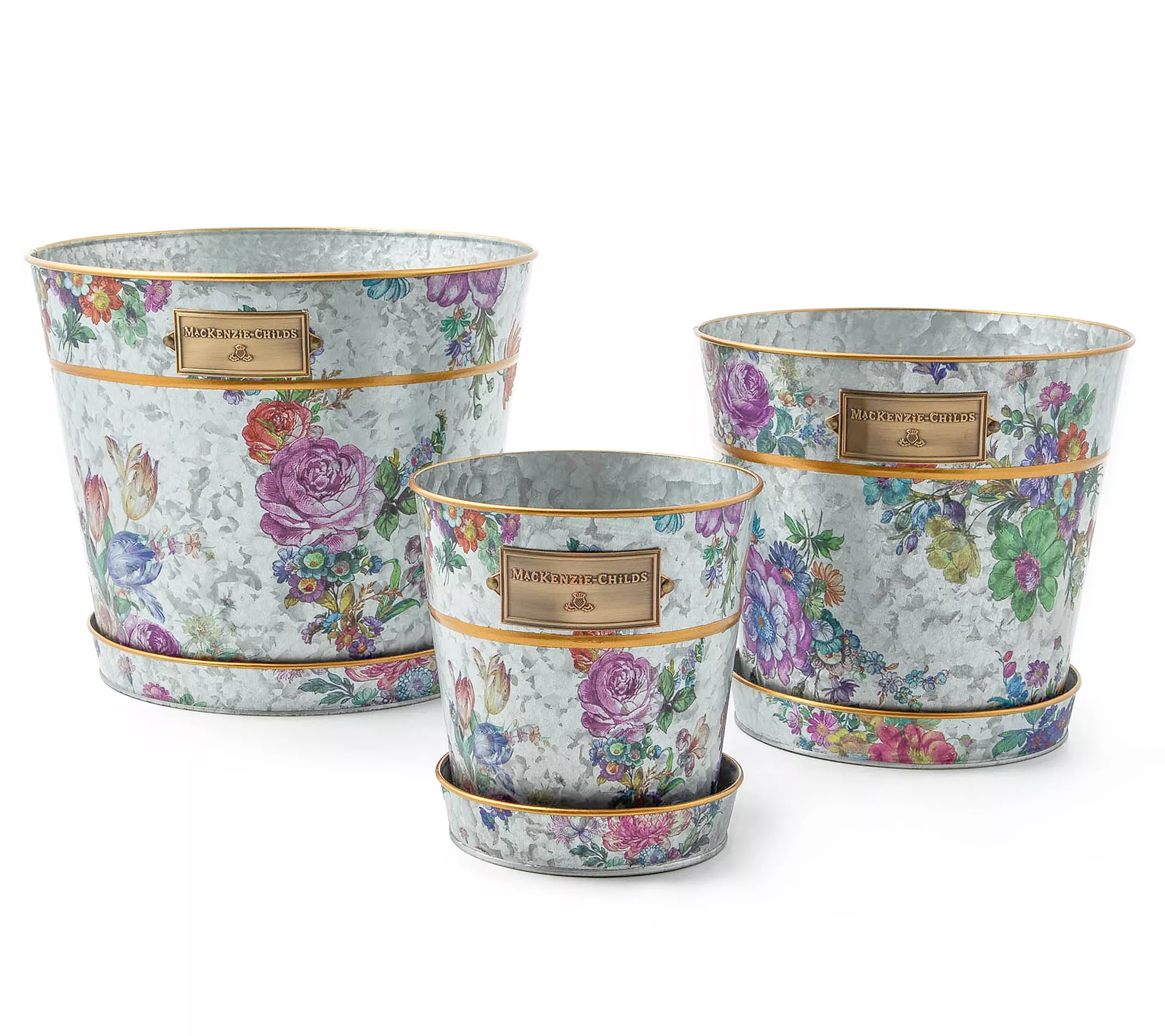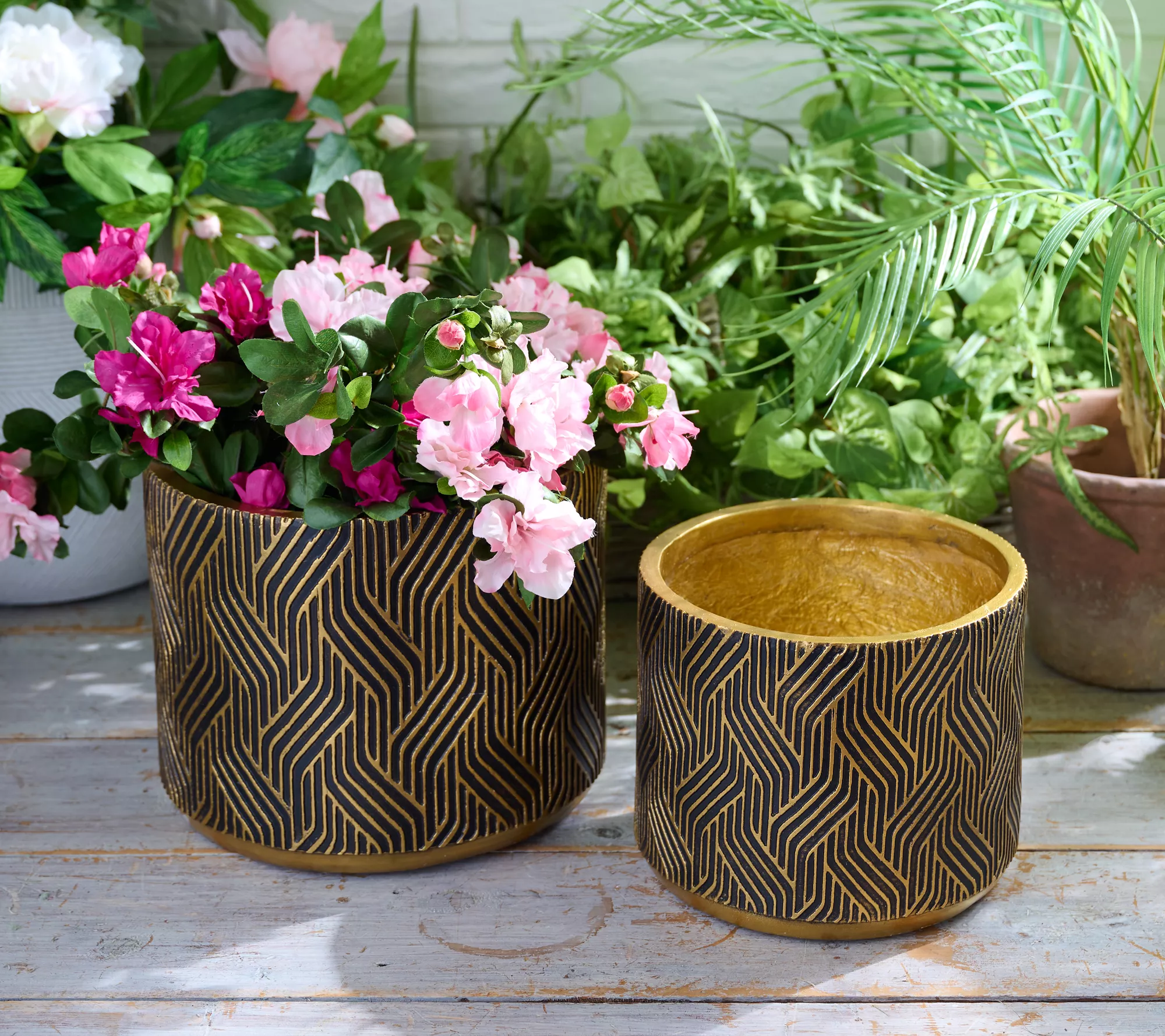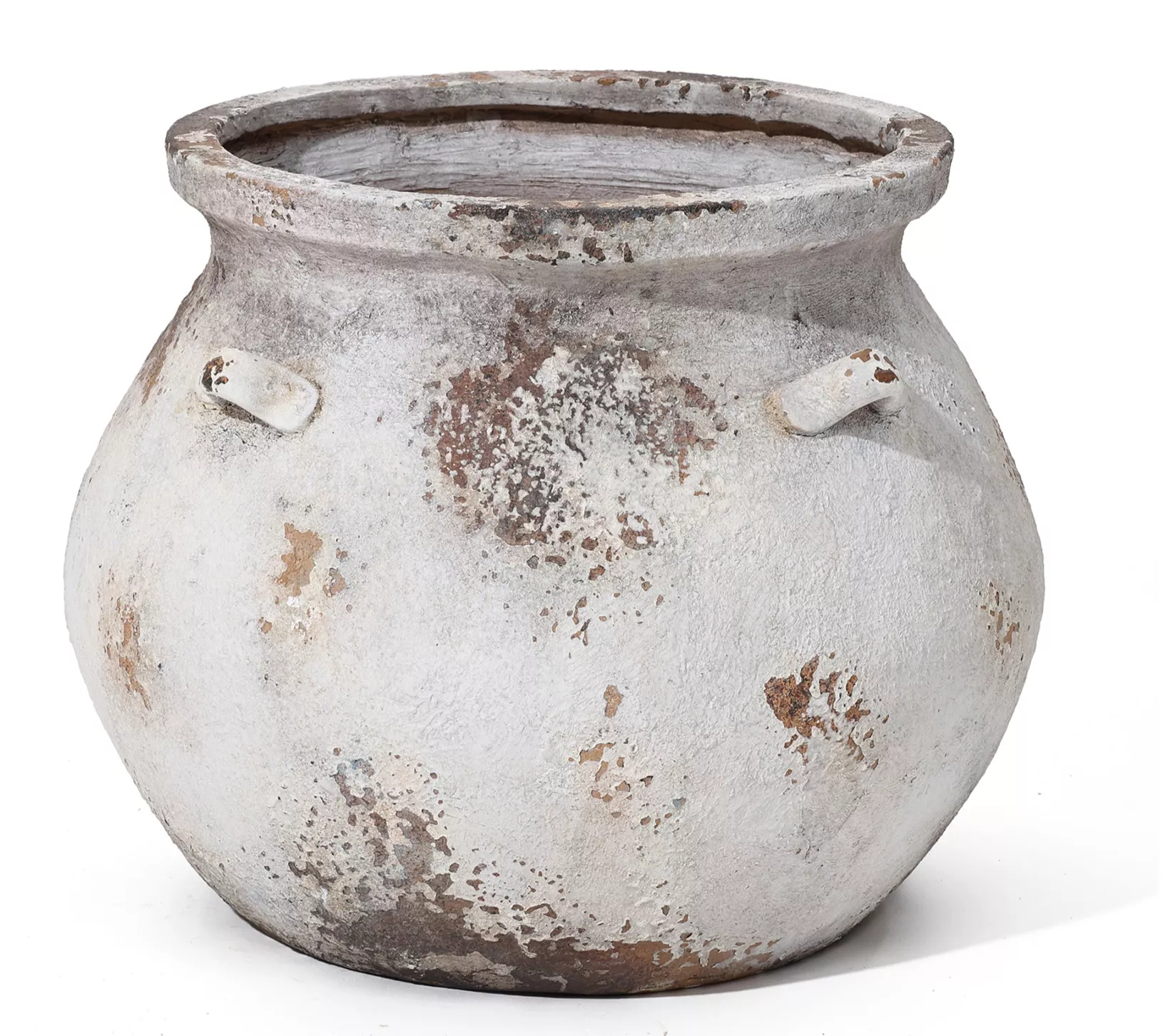How to grow catmint in pots – experts reveal the secrets to success when adding this aromatic, flowering herb to your container garden
Catmint can grow vigorously, so keeping it contained to a pot is a wise idea

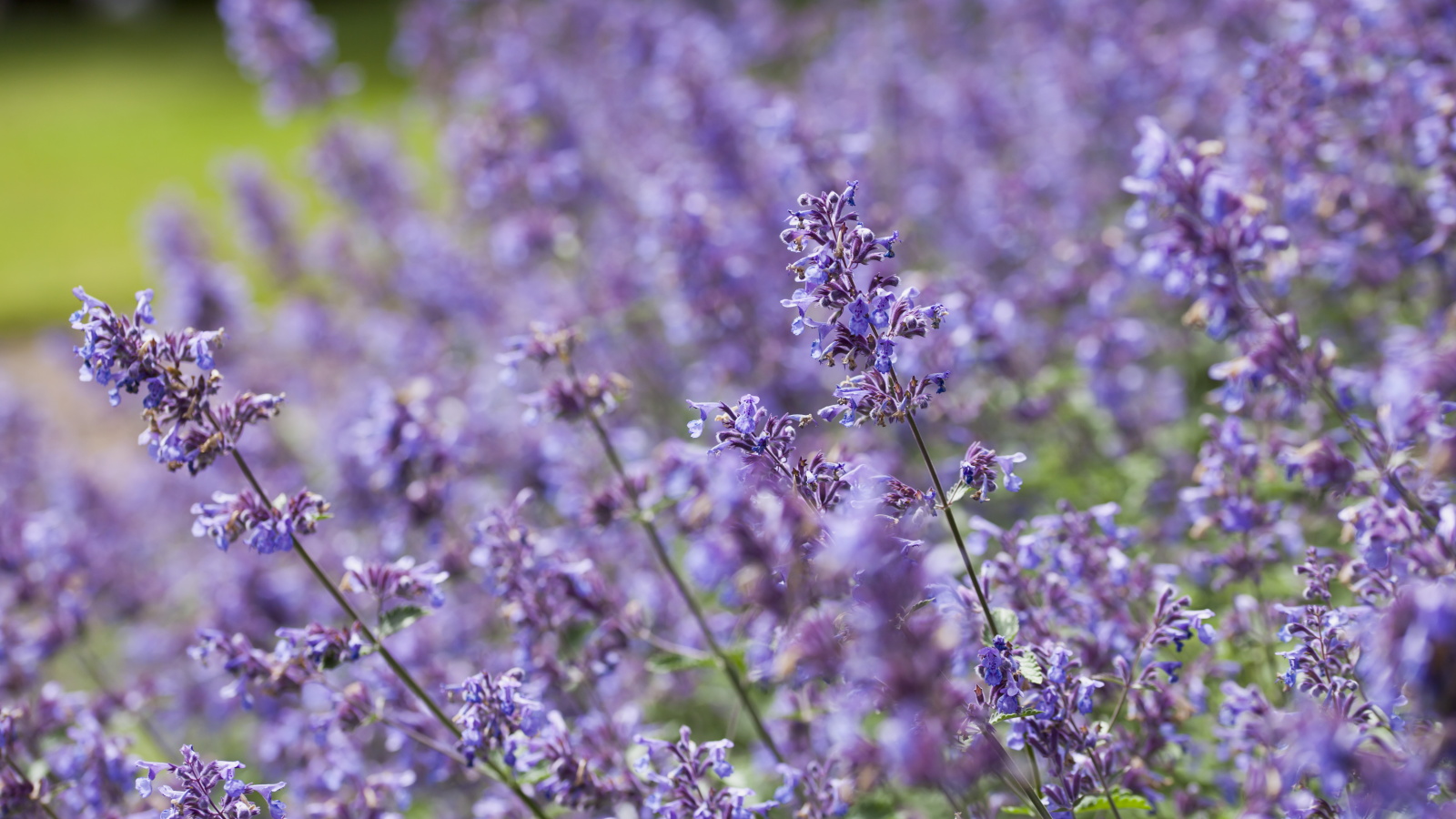
Catmint (Nepeta) is a valuable perennial to have in your yard - not only because it produces the most beautiful shade of purple spikes, but it also offers perfumed leaves that are edible and attract cats (hence its name). Plus, it's versatile to work with and you can easily grow catmint in containers.
In fact, it's actually beneficial to grow catmint in pots: 'Growing catmint in a container helps to keep the plant under control, as it spreads very easily by the roots,' notes Kathi Rodgers, CEO of Oak Hill Homestead.
Outdoors, catmint grows best across US hardiness zone 3 to zone 9, however you can also grow catmint in pots indoors if you aren't within this growing region. Here, experts share top tips on how to add this fragrant perennial to your container garden.
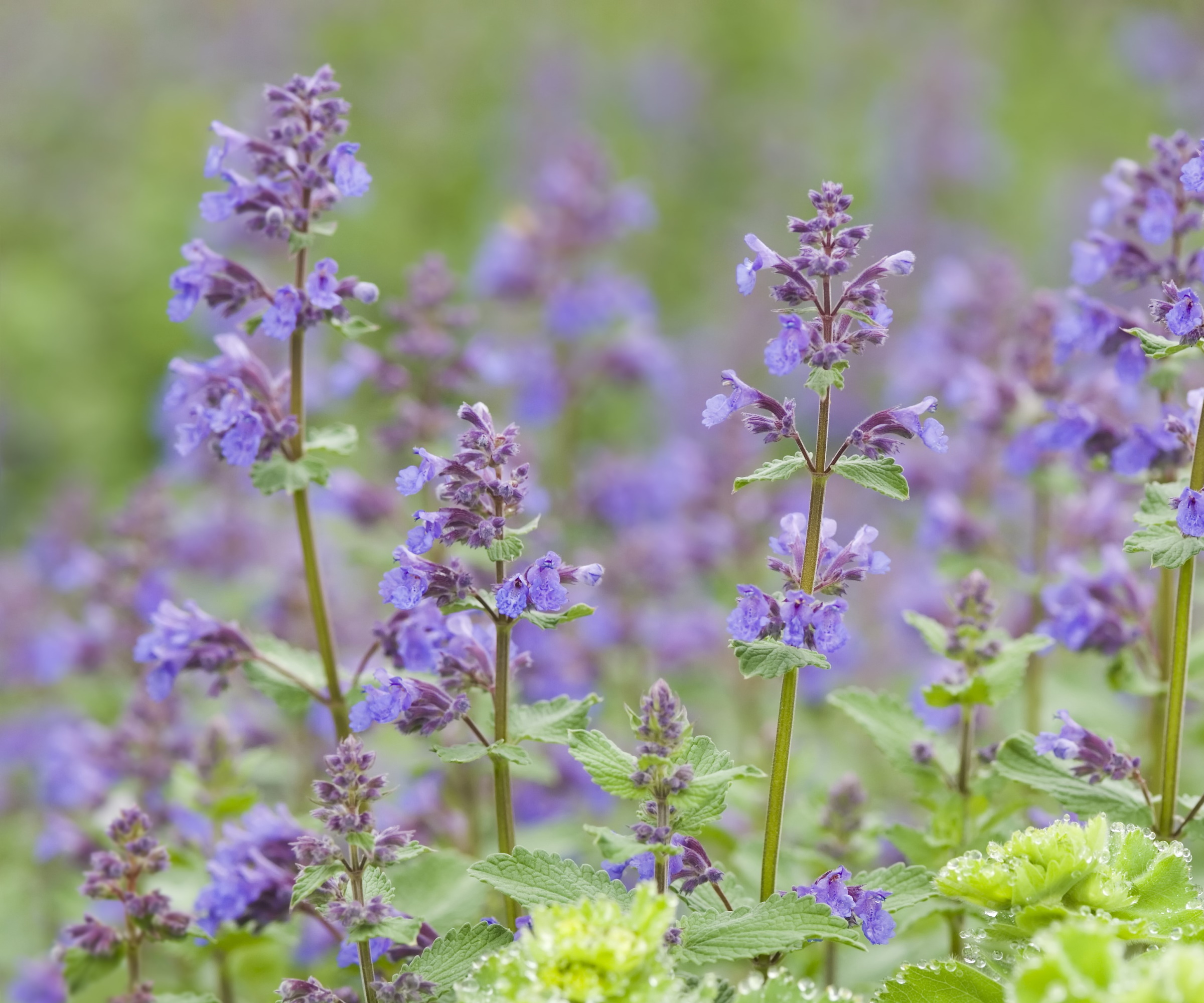
How to grow catmint in pots
As mentioned, it's wise to only grow catmint in pots outdoors if you live in the right US hardiness zones (3-9). Otherwise, Annette Hird, gardening expert at Easy Urban Gardens, notes: 'It will do well indoors on a bright, sunny windowsill.'
With that in mind, here are some expert tips for growing catmint in pots outdoors:

Annette Hird has an Associate Diploma in Horticulture and is an urban gardening expert. She has worked as a professional propagator and managed, maintained and improved many urban and rural gardens. She also enjoys growing her own fruit, vegetables, herbs and flowers as well as many different types of ornamental plants.
How to grow catmint in pots
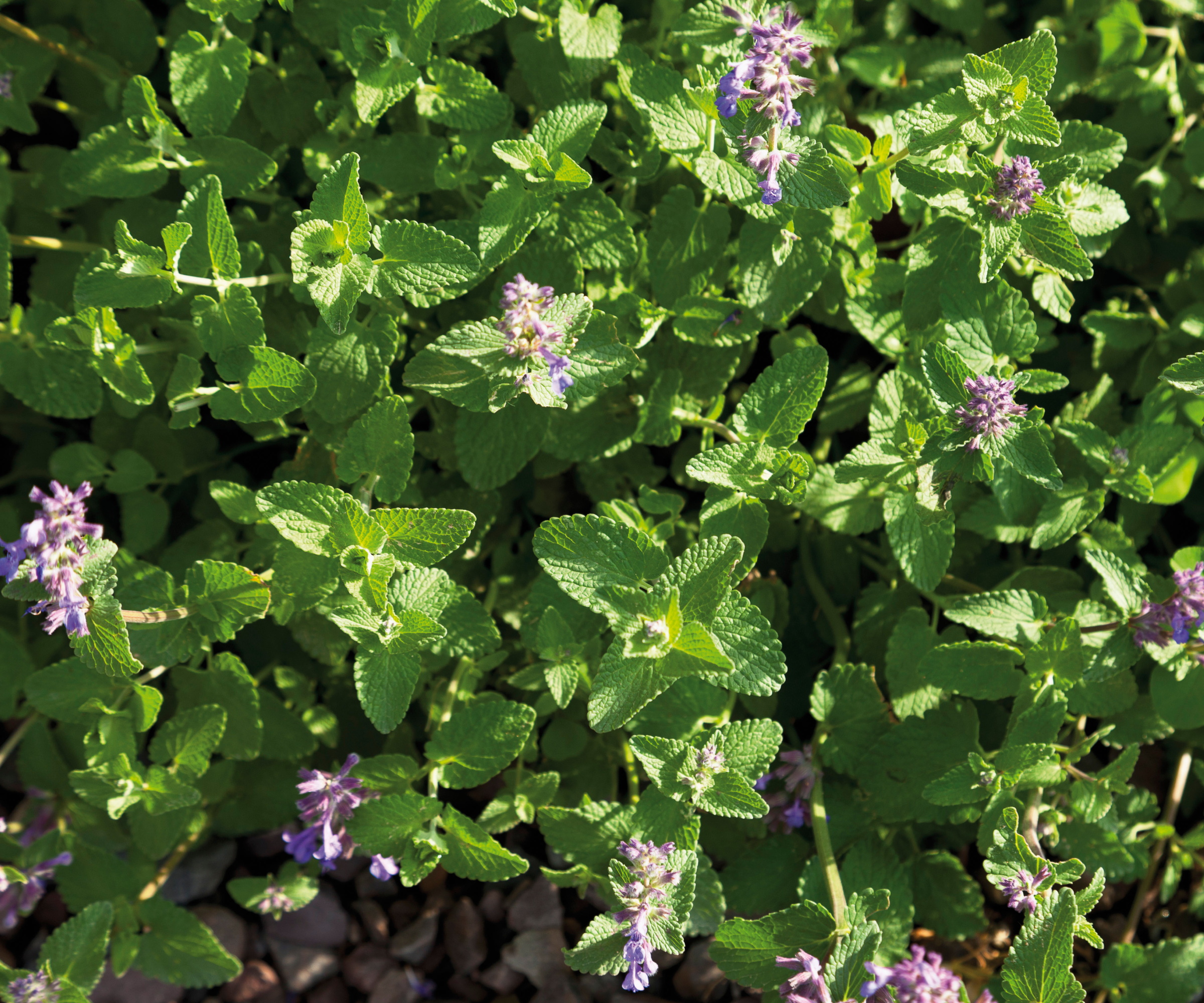
- Planting: The best time to plant catmint seeds is in spring, no later than June. You can either sow seeds outdoors directly into your planter, or start them in a seed tray (like this one from Amazon) indoors to transplant later on. 'You just need to scatter a few seeds over the surface and cover lightly with seed starting potting mix (from Amazon),' says Annette.
- Soil: When growing herbs in pots, it's important to use a soil type that is well-draining and won't leave the plants oversaturated, risking root rot. 'Transplant seedlings into well-draining potting soil in a container with plenty of drainage holes,' advises Kathi. Using pots with drainage holes allows for excess moisture to be removed. Failing to grow catmint with good drainage may kill off your plant, due to issues of root rot.
- Position: Catmint is considered one of the best mint varieties because it's one of the longest-flowering perennials, putting on a purple display from spring through to fall. To enjoy its bright blooms, however, you need to position your catmint somewhere bright. 'Catmint is best grown in a full sun location. In hot, sunny climates it appreciates some afternoon shade during the summer,' Kathi advises. One benefit of growing this perennial in a pot is you can move it as needed to ensure it gets sufficient light. Nevertheless, catmint does tolerate partial shade, too.
- Watering: Avoid seed sowing mistakes when you first plant your catmint seeds by maintaining moisture levels. 'Keep the potting mix moist by watering whenever the surface feels dry to the touch,' advises Annette. You should then keep your catmint at a consistent moisture level to support healthy growth: 'During the first growing season, remember to water the plant regularly to help it become established,' says Kathi. You can use this soil moisture meter from Amazon to identify when it's time to water your catmint again. Once established, catmint varieties tend to be more tolerant to short periods of drought. If you notice wilting or yellowing leaves, however, it could be a sign it needs a top up.
- Pruning: 'Make sure to prune catmint regularly to help maintain its mounded shape,' Kathi advises. This is also particularly important to do once catmint flowers have faded in fall to encourage new growth and returning blooms next year. Use essential pruning tools to do this, like these pruning shears from Amazon, and take care to not remove more than a third of the plant at a time - this could send it into shock and stunt growth.

Kathi Rodgers is the CEO and writer at Oak Hill Homestead and the voice behind HOMEGROWN: Your Backyard Garden Podcast. Founded in 2006, Oak Hill Homestead is where Kathi teaches new gardeners, goat owners and folks interested in living a more self-reliant life how to dig in and grow their dreams.
Find a beautiful pot for your catmint online
FAQs
Does catmint need fertilizing?
Although it is possible to fertilize catmint, it generally doesn't rely on feeding to thrive. 'Catmint isn't a heavy feeder and doesn't need more than a bit of good compost added to the soil in the spring,' advises Kathi Rodgers, CEO of Oak Hill Homestead. Over-fertilizing your catmint could cause problems like root rot and root burn.
Does potted catmint need winterizing?
Catmint grown directly in the ground is generally considered a herb that doesn't need winterizing, but it's wise to put some precautions in place to protect potted plants from frost. This is because this position makes the roots of this perennial more vulnerable to frost damage. Try wrapping your catmint pot in burlap (from Amazon) for extra insulation. Alternatively, you can bring your catmint indoors for the colder months to keep it warm and sheltered.
Design expertise in your inbox – from inspiring decorating ideas and beautiful celebrity homes to practical gardening advice and shopping round-ups.
When should I repot my catmint?
As with all container garden plants, you will need to repot catmint as it grows larger and establishes a bigger root system. Failing to do so can cause this flowering herb to become pot-bound, among other issues.
'Repot catmint when the roots begin to grow out of the drainage holes,' says Kathi Rodgers, CEO of Oak Hill Homestead. 'Prune the roots back a bit if you plan to put it back in the same pot with fresh potting soil, or move it to a larger pot,' she adds.
Another reason you may want to grow catmint in pots is because it's a mosquito-repellent plant. The aroma of this flowering plant's essential oil (nepetalactones) deters many insects, so you may find it useful to move it around your yard as necessary. You could even try propagating catmint from cuttings to grow multiple pest-repellent plants for different spots of your yard and home.

Tenielle is a Gardens Content Editor at Homes & Gardens. She holds a qualification in MA Magazine Journalism and has over six years of journalistic experience. Before coming to Homes & Gardens, Tenielle was in the editorial department at the Royal Horticultural Society and worked on The Garden magazine. As our in-house houseplant expert, Tenielle writes on a range of solutions to houseplant problems, as well as other 'how to' guides, inspiring garden projects, and the latest gardening news. When she isn't writing, Tenielle can be found propagating her ever-growing collection of indoor plants, helping others overcome common houseplant pests and diseases, volunteering at a local gardening club, and attending gardening workshops, like a composting masterclass.
